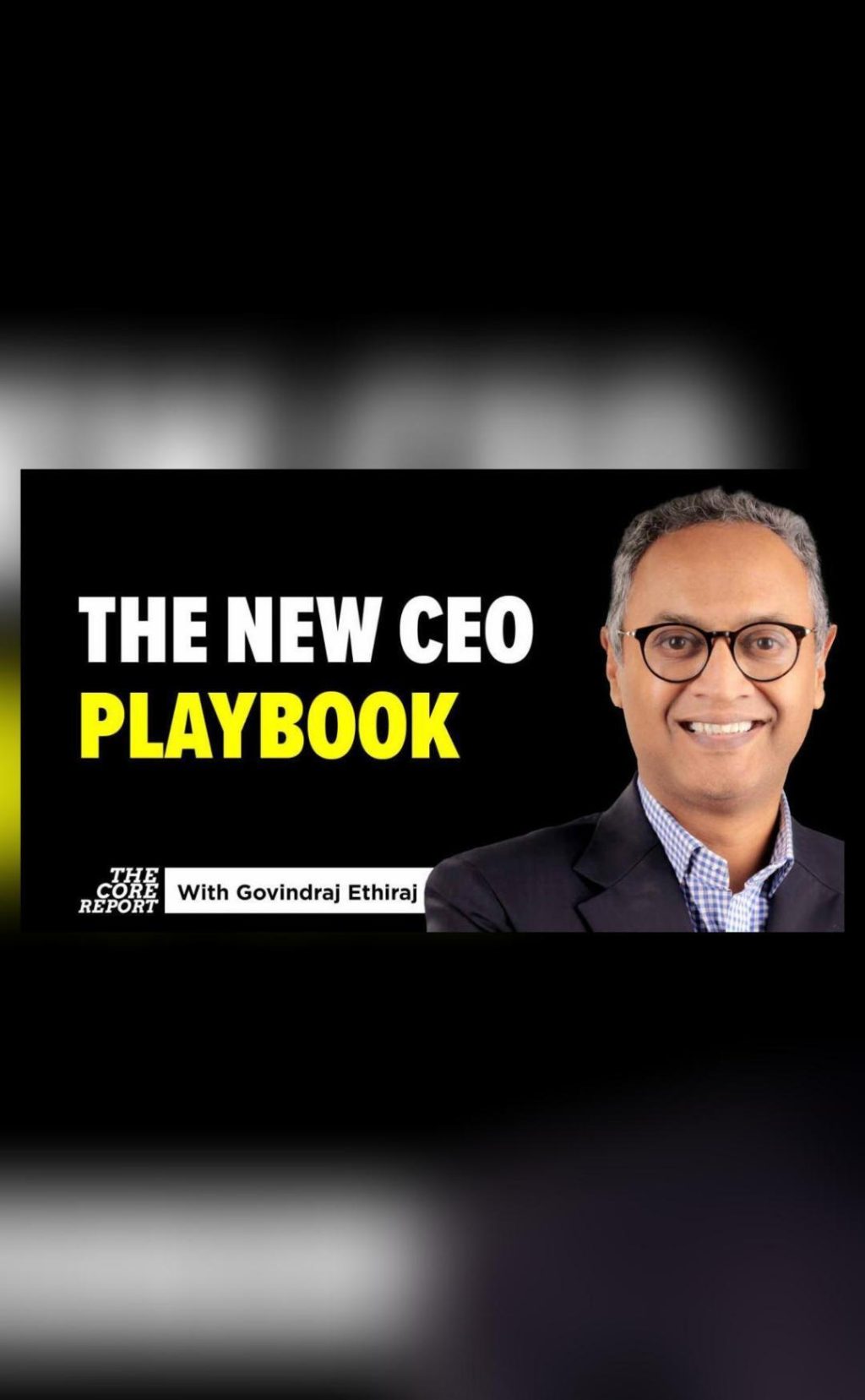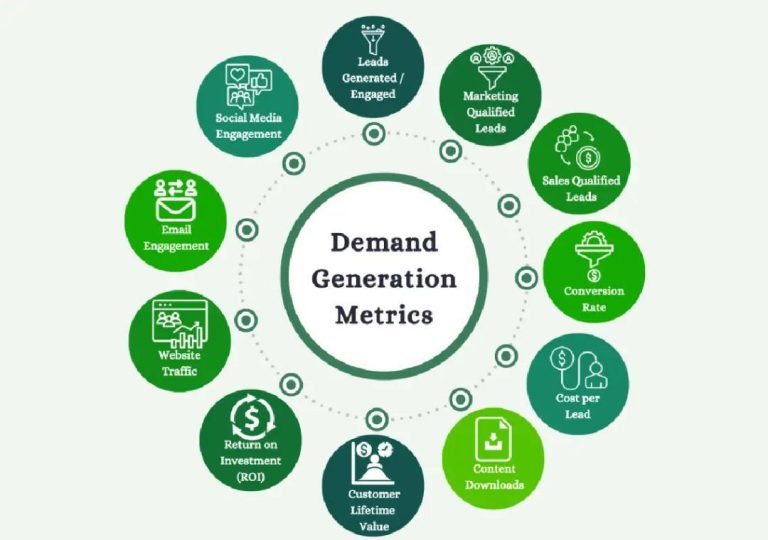
The New CEO Playbook: AI Pressures & Global Tariff Shocks
As AI reshapes industries and tariff shocks disrupt trade, global CEOs face unprecedented challenges. From internal pressures to automate and innovate, to external forces like shifting trade policies, business leaders must rethink strategy and operations. With no guarantee of stability, companies are being pushed to localise, adapt, and reconsider long-held business models.
The CEO playbook has always been about adapting to changing circumstances, but the current environment is unlike anything seen before. The rise of artificial intelligence (AI) is transforming industries, forcing companies to rethink their business models, and creating new opportunities for innovation. Meanwhile, global tariff shocks are disrupting trade, making it difficult for companies to predict and navigate the future.
The Pressure to Automate and Innovate
One of the biggest pressures facing CEOs today is the need to automate and innovate. AI is transforming industries, and companies that fail to adapt will be left behind. According to a report by McKinsey, by 2030, AI could displace up to 800 million jobs worldwide, while creating 140 million new ones.
To stay ahead of the curve, CEOs must invest in AI and automation, not just to reduce costs, but to improve efficiency, accuracy, and customer experience. This means implementing AI-powered solutions, such as chatbots, predictive analytics, and machine learning, to streamline operations and drive innovation.
However, this shift also presents a significant challenge. As AI replaces human workers, CEOs must ensure that their companies are prepared to retrain and upskill their employees to take on new roles. This requires a significant investment in employee development and training, as well as a shift in company culture to prioritize lifelong learning.
The Impact of Global Tariff Shocks
Meanwhile, global tariff shocks are disrupting trade, creating uncertainty and volatility in the market. The ongoing trade tensions between the US and China, as well as the withdrawal of the US from the Trans-Pacific Partnership, have created a complex and ever-changing landscape for international trade.
For CEOs, this means rethinking their global supply chains, sourcing strategies, and pricing models. Companies must be prepared to adapt quickly to changes in trade policies, tariffs, and regulations, which can have a significant impact on their bottom line.
The Rise of Localisation
In response to these pressures, many companies are turning to localisation as a strategy for survival. Localisation involves creating products and services that are tailored to specific markets, cultures, and consumers. This can involve creating localized content, adapting products to meet local regulations, and building relationships with local suppliers and partners.
Localisation is particularly important in the age of AI, as it allows companies to better understand and serve local customers, who are increasingly demanding personalized experiences. By localizing their offerings, companies can differentiate themselves from competitors, build brand loyalty, and drive growth.
The Need for Agility and Adaptability
In today’s fast-changing environment, CEOs must be prepared to pivot quickly in response to changing circumstances. This requires a culture of agility and adaptability, where companies are empowered to experiment, iterate, and learn from failure.
To achieve this, CEOs must prioritize decentralization, empowering teams to make decisions quickly and respond to changing circumstances. This also requires a willingness to invest in new technologies, such as AI and blockchain, which can help companies stay ahead of the curve.
The Future of Business
As AI reshapes industries and tariff shocks disrupt trade, the future of business is uncertain. However, one thing is clear: companies that can adapt, innovate, and localize will thrive in this new environment.
For CEOs, this means rethinking their strategy and operations, prioritizing AI and automation, and building a culture of agility and adaptability. By doing so, companies can stay ahead of the curve, drive growth, and create new opportunities for innovation and success.
Watch the Full Video
To learn more about the challenges facing CEOs in today’s fast-changing environment, watch the full video at https://youtu.be/0osLVVtj7tY.
About the Author
[Your Name] is a seasoned business writer and strategist, with expertise in AI, automation, and innovation. With a passion for helping CEOs navigate the challenges of the 21st century, [Your Name] has written extensively on topics such as AI, blockchain, and global tariffs.






